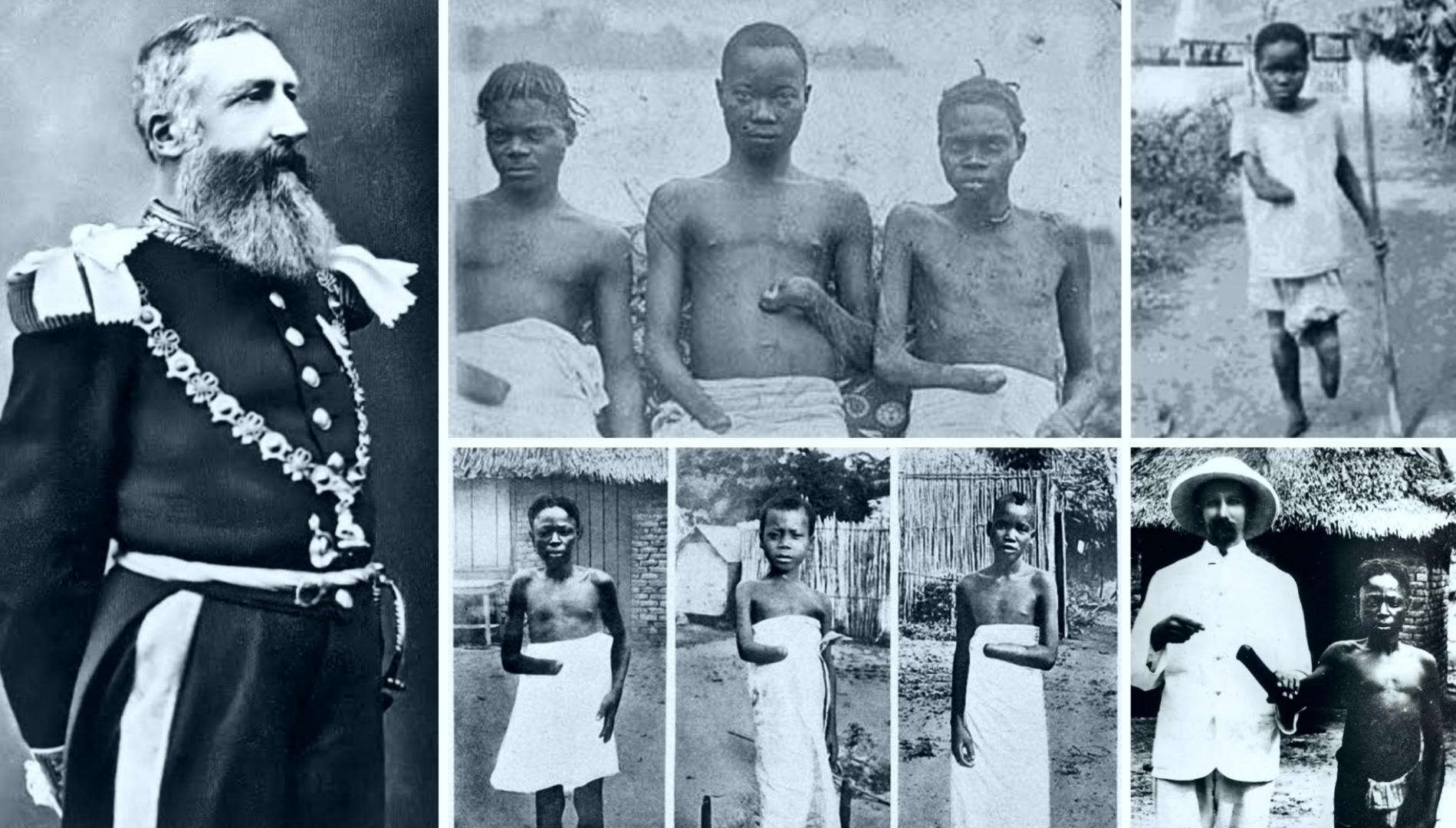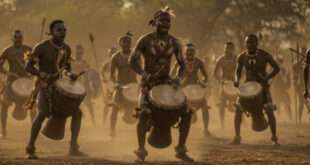Please note: before your read these facts we would like to bring to your attention that in anyway we are not preaching racism, hatespeech, or sharing fake news but a true story Africans were blindfold with organized charity that caused them millions of lives.
Different European nations set out to mount their flags all over Africa after the Berlin conference of 1884-1885, murdering the people, and then taking their wealth to make Europe wealthier.
Belgian King Leopold II set out for the Congo and declared it his territory while physically intimidating the indigenous people of the Congo (Kongo). He proclaimed his property to be the people and the land, and he quickly turned the land into a money-making enterprise for himself and his throne.
The Kongo was rich in many minerals, but at the time it was richer in ivory and rubber. He set up a system that was extremely harsh on the people — a system that, if they did not reach regular quotas, murdered and mutilated the indigenous people.
In their territory, the people of the Kongo were then enslaved. The Europeans found some way to loot from the Africans, and kill them in large numbers while at it, because slavery had been aborted and abolished.
The Exploration and Mapping Out of The Congo (Kongo)
King Leopold II had to study and map out the Congo after the Belin Conference in order to decide its capital, people, and best routes for his intended invasion.
He employed a British adventurer called Henry Morton Stanley and sent him to the Congo. Stanley’s job was to create the Free State of the Congo. He picked Stanley since he was the European who mapped out the Congo River, he had some kind of experience with the people and the region.
Although historians have suggested that Stanley had no original intention of harming the people of the Congo, many still do not agree that he should be excluded from his crimes against the people. Without the invitation of the indigenous people, his first offence was to reach the Congo and then go ahead to map out their land without their permission.
The presence of him and his men offended the Congo natives, and misunderstandings as well as later confusion fuelled this.
Stanley and his men were faced and confronted by seven different indigenous peoples of the Kongo. In his journal, people had witnessed Stanley writing, and for them, it was some witchcraft or a conspiracy to destroy them. They asked him to burn his book, or it would destroy him and his men. Clearly, the natives did not want what was in his journal to get out of their territory. The gods were wise, and that was for good reason.
Stanley continued his discovery and expedition and, whenever they came near or he saw them, began to fire at the people of the Kongo. By the time he had gotten to the end of his exploration, he had succeeded in burning down over 32 towns of the natives and killing many of them.
His men were out of control, and all kinds of crimes were perpetrated against the people of Kongo. They went about abducting and raping the women for some minor misunderstandings and flogging the men to death.
This was how, on the foundations of terror, murder, rape, and arson, the Congo Free State was founded.
The Enslavement of The Entire Kongo Population
When Stanley sent his report to King Leopold, temples loaded with ivory (elephant tusks) and the abundance of rubber in the Congo were confirmed. The wealth was lavish, and Leopold was determined to create profit from it.
By violence, King Leopold II took possession of two-thirds of the land of the Kongo and ordered the real owners of the land to serve as slaves for him. Some sources stated that people were paid pennies for their labour, but it was soon stopped, and then forced to work without pay for 20 days a month.
King Leopold II’s government and officials declared that rubber harvesting was then a necessary tax that would be paid to the crown by those who lived on the land. This literally meant that Leopold took the lands and wealth of a people and obliged them to work on their own land as slaves.
The officials of King Leopold II made the quotas very wide and difficult to reach, because of the high expectations of riches and benefit from rubber and ivory. This meant that people would be able to fulfill their rubber quota for 20 days, and then they would be left with the remaining 10 days a month to farm and work and provide food for themselves and their families.
The Maiming and Killing of Congolese Who Didn’t Meet Their Quota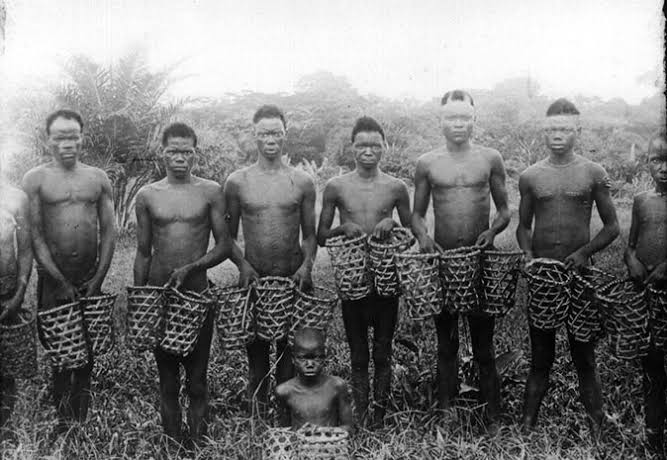
By the 1890s, the rubber quota of the then devastated and oppressed Congolese was raised by Leopold II through his officials. The rubber industry in Europe was booming and he had to meet the demands of the market. That meant the indigenous people had more working hours. As the punishment for not fulfilling the quota was the cut-off of your limb or death, the situation turned from bad to worse.
Leopold II had an army which consisted of about 19,000 soldiers. They were European mercenaries employed and even acted as a police force to defend his government and business interests. They were called Publique Force. The military aggressively recruited Africans into its lower ranks as well. These Africans were press-ganged into service and they were executed if they resisted.
It was the Force Publique that introduced the rubber tax quota to be collected by the people. Some of the officers were African, but a vast majority were white, who were made to follow these laws.
The European officials were so ruthless and based on their rubber hatred and targeting that they created a rule for soldiers to cut off and deliver the hands of any of the Congolese citizens killed for failing to fulfill their quota.
They would have them present a basket full of their people’s hands or face execution in order to punish the Congolese men whom they had forced into service. This was a way to turn people against themselves, a tactic that Europeans have used to divide people all over the world, particularly in Africa.
The Deadly Collection Of Rubber
The source began to decline thus becoming slightly scarce after several years of collecting and tapping the rubber in the Congo. It was then more difficult to obtain the rubber, as many individuals had to climb tall trees to reach the vines. People may often drop from the trees and fall to their deaths.
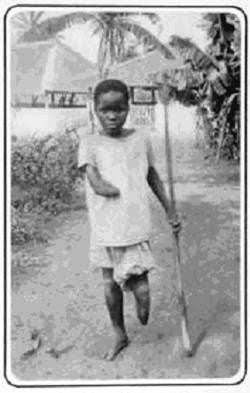
The risk of losing your limb or being killed often prompted the Congolese to cut the vine off, so that more rubber sap could be tapped. It succeeded, but it meant that those vines were useless then and in the future they could not be tapped again. So, it was also an offense to cut off the vine, punishable by death or serious beatings.
One day, a commissioner captured a Congolese man who had cut a vine. In his journal, he wrote a note of advice about it and said, “We must fight them until their absolute submission is obtained…” or their complete extermination.
Some commissioners would not execute people who did not fulfill their quota, or cut off their limbs. They beat them so badly that some died, though beyond recognition, the majority were wounded.
To keep count of their quota, the Congolese workers were given discs to wear around their necks. Any Congolese who did not meet his quota would be caned 25, and most of the time 100 whip lashes made of hippopotamus hide. These whips had the power to peel off the skin once it came into contact with the skin.
The Death of Millions Was Caused By Disease
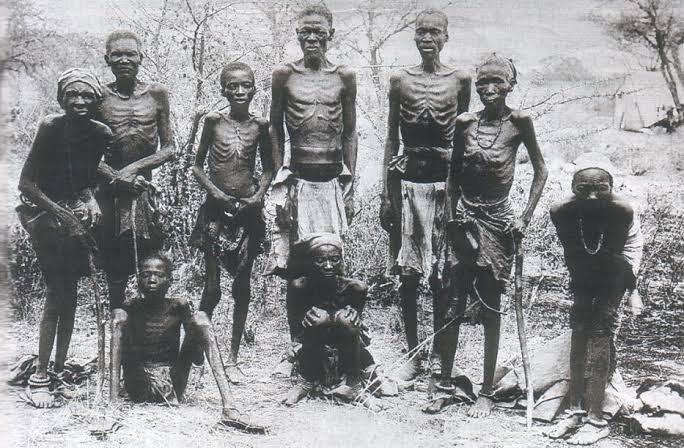
In addition to the shooting and maiming of Congo’s indigenous people, disease was another factor that caused millions to die. The wellbeing of the workers was not taken into account by the Belgians, who fed them with unhealthy meat and vegetables, and starved them most of the time.
With all the human components, and the destruction of the natural world, the environment has been turned unhealthy. The rotten food caused the men to become ill, and an epidemic broke out.
To extract the rubber, the men had to go into the deep jungle and they were bitten by the Tsetse fly that spread untold sickness and deaths across the Congo and even into other African nations.
About 350,000 people in Kongo alone were wiped out by sleeping sickness that sometimes led to death. Please note that this umber is a conservative figure.
However, this did not make the Belgians stop. For the commercial benefit of their resources, they continued the slavery and enslavement of the people of the Congo.
The Burning of Congolese Villages
The study and accounts of the many crimes against the Black man are one that will literally tear up any other Black person. Researchers were forced several times to pause in frustration and disbelief during the course of gathering facts like this.
The burning of their villages was one of the painful accounts of the genocide of the Congolese. The commissioners and their officers also gave a certain quota to a whole village to fulfill. The soldiers would surround the village, kill the inhabitants, and then burn the village to the ground if a village failed to fulfill its quota.
The soldiers burnt down villages in a specific village, killed 50 of the men, and took 28 of the women as prisoners, with chains around their necks. This specific village had fulfilled its target, but was still killed and burned because the officers said the rubber tapped by the villagers was not of good quality. This brutality was carried on by inhuman people.
The Torture of Women and Children for Quota Fulfillment
Torture and amputation were the required instruments for the Belgian officials and their European mercenary troops to pressure the citizens to be terrified and to work for free.
They were feeding off the fears of the Congolese people, through psychological terror. It was reported that the European soldiers would kidnap the women from the villages that didn’t meet their rubber quota, so as to force the men to meet their quota. Most of the women were kept as prisoners and slaves by the Europeans.
To make things worse, after they reached their quota, the men would have to buy back their wives with their living stocks.
A soldier was asked on a specific occasion to raid a town that had not met their quota. He was given strict orders by his commander to decimate the town and make an example of them.
He gave details saying that: “He ordered us to cut off the heads of the men and hang them on the village palisades, also their se*xual members,” the soldier said, “and to hang the women and children on the palisade in the form of a cross.”
During their time in Kongo, this was how evil the Europeans were.
The Intervention by The International Community
For more than a decade, the crimes of King Leopold II and his army persisted until it reached a point where the missionaries had to write in protest to the different governments and organizations of the world.
The evidence provided by the American missionary, G.W. Williams and authors like Mark Twain and Joseph Conrad were influential in the investigation of the crimes of King Leopold II.
A British journalist named Edmund Dene Morel, a British diplomat named Casement, and a missionary named William Shephard were those who gave reports on the genocide.
In the international media, the accounts and reports of these men and many others were released, paying much attention to the evil that was going on in the Congo. Many people around the world had called out against the atrocities and called for the respect of human rights.
When an investigation was completed, the several pieces of evidence that were presented in the findings were then verified in 1905. A damning report on the genocide that was going on in the Congo was released by the commission responsible for the investigation.
The Commission’s findings, along with the missionaries’ reports, raised a great number of protest from other governments and the Belgian people against King Leopold II.
Diplomatic talks and pressure from many quarters would later lead Leopold II to renounce his rule over the Free State of the Congo and then hand it over to the Belgian Government, and then the Congo to be named the Belgian Congo.
Conclusion
He and his brutal soldiers walked away untouched after the atrocities, leaving the people of the Congo to suffer the consequences of the genocide for the next 100 years and more. To this day, the Congo is still the property of the Europeans and has been held in constant conflict by European powers trying to seize their wealth while keeping the citizens divided.
It would educate you to know that Killer Leopold II’s whole carving of the Congo did not first come in the form of a genocide. Oh, no. he traveled to the Congo as a charitable and humanitarian group.
He came with gifts and vowed to improve the living conditions of the people of the Congo for the better. And it was said that his charitable organization had received major donations from around the world.
With such smooth and convincing words, he impressed the people of the world and made them think that donating to his course was the holiest and most noble thing to do. In a speech, he said: “To open to civilization the only part of our globe which it has not yet penetrated, to pierce the darkness which hangs over entire peoples, is, I dare say, a crusade worthy of this century of progress.”
However, they didn’t realize that he was secretly searching for funds for massive military forces and infrastructure to facilitate and enslave the citizens of Congo.
Leopold II was heard behind closed doors telling one of his ambassadors that “I do not want to miss a good chance of getting us a slice of this magnificent African cake.”
This, in Africa, is the legacy of King Leopold II. And while he was tearing apart Congo, in other parts of the continent, the British, French, German, Portuguese, Spanish and others were busy slaughtering Africans and stealing their resources.
Source: Liberty Writers Africa
 The African History Truly African
The African History Truly African
